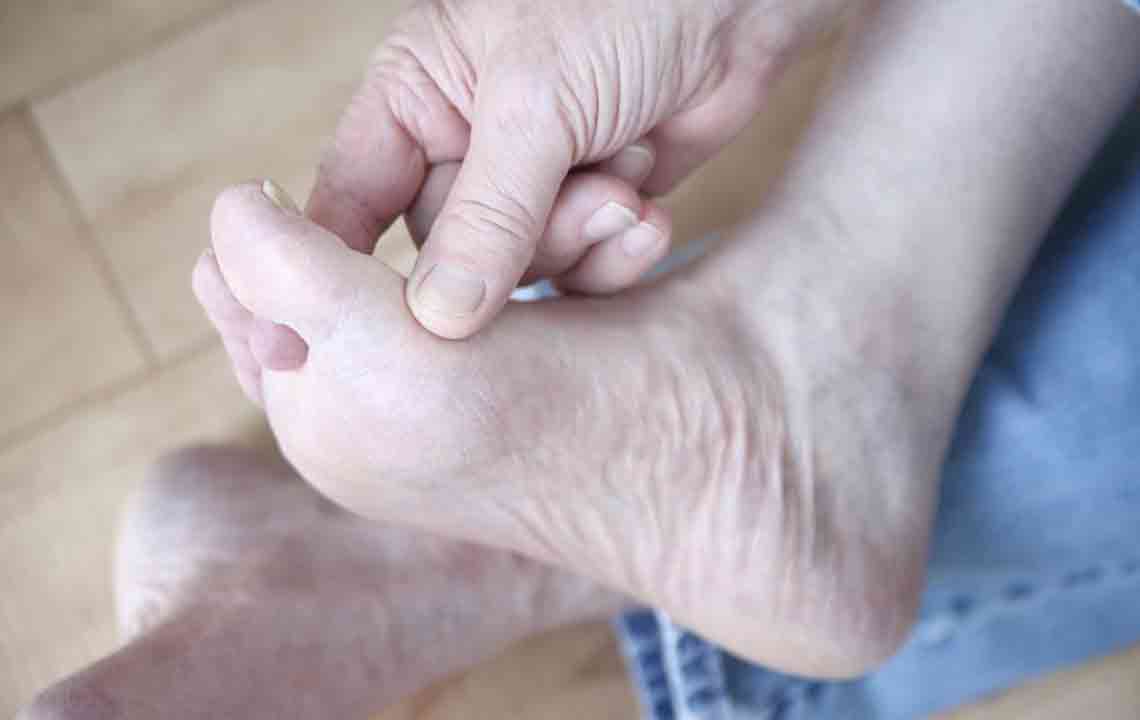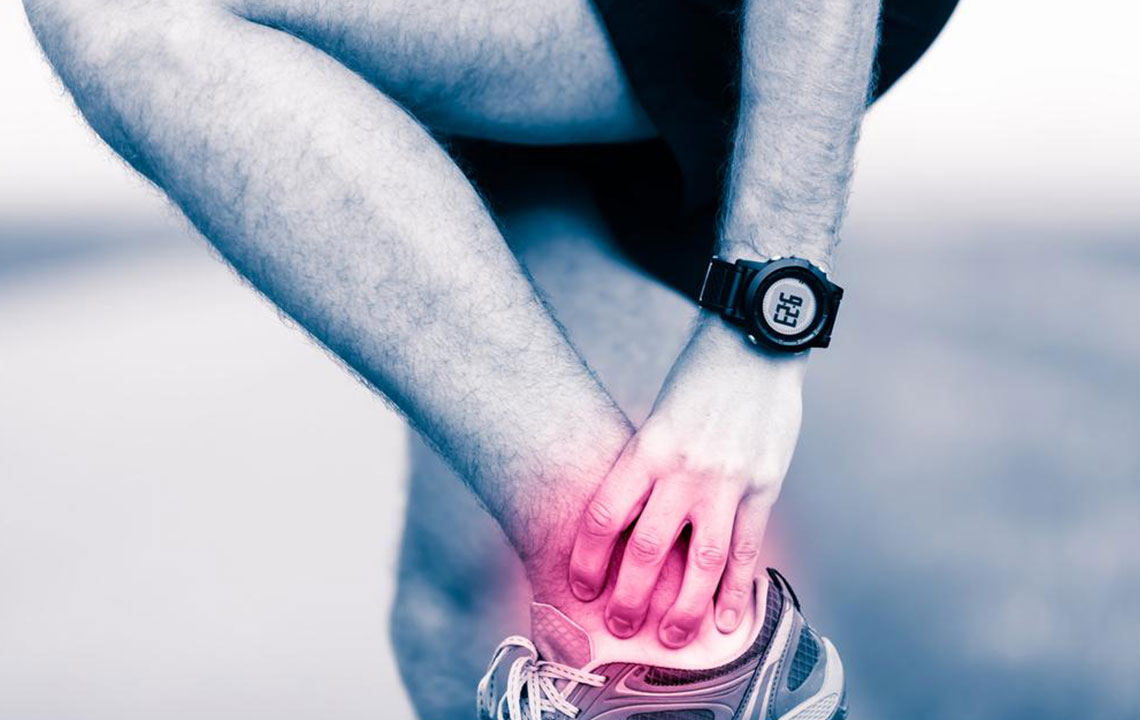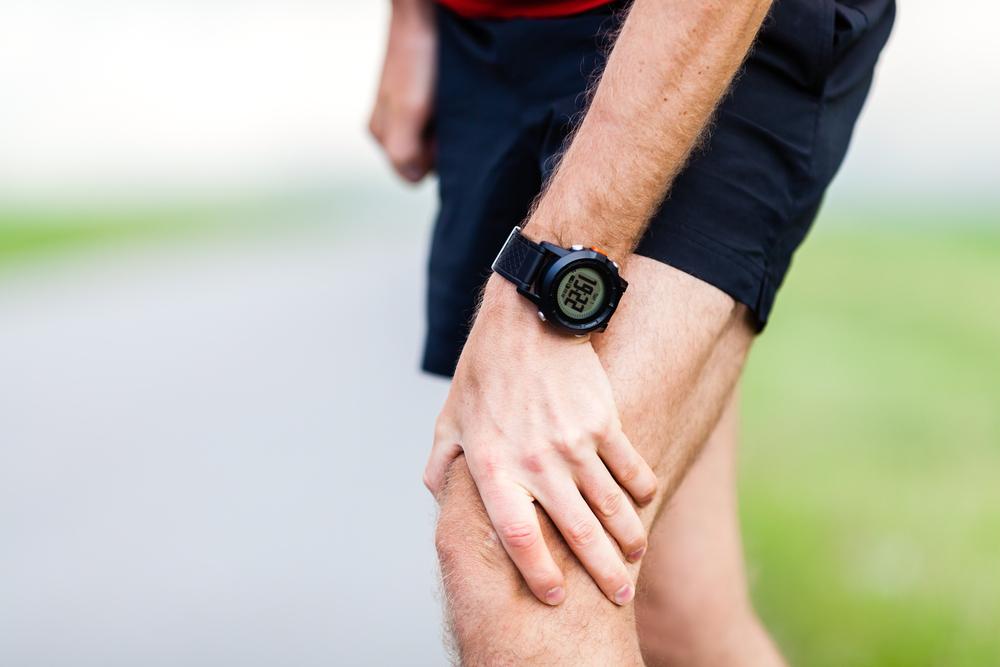Comprehensive Guide to Alleviating Gout-Related Foot Pain and Discomfort
This comprehensive guide offers in-depth strategies and practical tips for managing gout-related foot pain. From medication and cold therapy to diet and lifestyle changes, it covers everything needed to reduce inflammation, alleviate symptoms, and prevent future attacks. Early intervention and professional medical advice are emphasized for effective symptom control, helping sufferers live pain-free and prevent joint damage over the long term.

Effective Strategies for Managing Gout Foot Pain
Gout is a form of inflammatory arthritis caused by the accumulation of uric acid crystals within joints, leading to intense pain and swelling. It predominantly affects the feet, toes, ankles, and sometimes other joints, resulting in sudden and severe discomfort, often disrupting daily activities and sleep. Understanding how to manage and alleviate gout foot pain is crucial for those affected, as timely intervention can prevent worsening of symptoms and improve quality of life. In this comprehensive guide, we'll explore detailed strategies, medical recommendations, lifestyle adjustments, and home remedies that can help reduce pain and inflammation during gout flare-ups.
Gout attacks can strike unexpectedly, causing excruciating pain that may last from a few hours to several days. The condition is triggered when uric acid levels in the blood become elevated, leading to crystal formation within joints. This buildup creates intense inflammation, swelling, redness, warmth, and sharp pain. Managing gout involves both immediate symptom relief during attacks and long-term strategies to control uric acid levels and prevent future episodes.
Administer prescribed medications immediately
One of the most effective ways to reduce gout pain during an attack is to take your prescribed medications without delay. Non-steroidal anti-inflammatory drugs (NSAIDs), such as ibuprofen or naproxen, are commonly recommended to decrease inflammation and ease pain. If diagnosed with gout, adhere strictly to your doctor's medication regimen, including uric acid-lowering drugs like allopurinol or febuxostat, which help prevent future flares. For undiagnosed cases, over-the-counter NSAIDs can provide temporary relief, but professional medical advice should always be sought for proper diagnosis and management. Ignoring medication protocols can exacerbate symptoms and lead to chronic joint damage.
Apply cold therapy for rapid relief
Cold therapy is a simple yet highly effective method to reduce inflammation and numb the affected area during a gout flare. Applying an ice pack or cold compress wrapped in a cloth directly onto the swollen joint for 20 to 30 minutes every few hours can significantly diminish swelling, dull pain, and facilitate faster recovery. Remember, direct contact of ice with skin for prolonged periods can cause frostbite or skin damage, so always use a barrier. Keeping the affected joint elevated during cold application enhances lymphatic drainage and reduces pain further. Cold therapy can be used in conjunction with medication for optimal results.
Seek professional medical advice promptly
Early intervention by healthcare professionals is key to managing gout effectively. If you suspect a gout attack, consulting your doctor as soon as possible can help confirm the diagnosis through joint fluid analysis or blood tests measuring uric acid levels. Medical professionals can prescribe corticosteroid injections or other anti-inflammatory agents if needed. Timely treatment within the initial 24 hours often results in less severe symptoms and shorter attack duration. Ignoring symptoms or delaying medical care can lead to joint damage and increase the risk of recurrent flares.
Maintain proper hydration and dietary habits
Proper hydration plays an essential role in preventing gout attacks. Drinking plenty of fluids, especially water, helps dilute uric acid in the bloodstream and facilitates its excretion via the kidneys. Avoid beverages high in fructose, such as sugary sodas, and abstain from alcohol, particularly beer, which can significantly raise uric acid levels. Incorporating a balanced diet rich in fruits, vegetables, whole grains, and lean proteins can help maintain healthy uric acid levels. Limiting purine-rich foods like red meats, shellfish, and organ meats is also crucial for long-term management.
Rest and elevate your affected foot
Rest is critical during a gout attack to prevent further joint injury. Elevating the affected foot above the level of the heart reduces blood flow to the area, decreasing swelling and easing pressure. Use pillows, cushions, or support devices to keep the limb elevated while resting. Avoid weight-bearing activities; consider using a cane or crutches if necessary to prevent additional strain. Proper rest and elevation, combined with medication and cold therapy, create a comprehensive approach to managing acute gout pain effectively.
Protect the affected joint from additional injury
Gout-inflamed joints are fragile and highly sensitive to pressure, friction, and minor injuries. Protect your foot by avoiding tight shoes or anything that causes discomfort. Keep the foot clean, dry, and covered with soft socks or padding if necessary. Use supportive footwear that minimizes pressure on the joint. Avoid unnecessary contact or friction with rough fabric or surfaces that could cause further irritation or pain. Gentle handling and protection of the inflamed joint can prevent exacerbation of symptoms and aid recovery.
Incorporate relaxation and stress management techniques
Stress has been shown to worsen gout symptoms by increasing inflammatory responses in the body. Incorporating relaxation activities such as deep breathing, meditation, listening to calming music, or engaging in hobbies can help lower stress levels. Maintaining a calm mental state contributes to overall well-being and may reduce the frequency and severity of gout attacks. Managing stress is an integral part of a holistic approach to gout care, supporting immune health and reducing flare-ups.
In summary, effective management of gout foot pain involves a combination of medication adherence, home remedies, lifestyle modifications, and professional medical guidance. Recognizing early signs of a flare and responding promptly can dramatically reduce discomfort and prevent long-term joint damage. Implementing these strategies consistently will help individuals living with gout maintain better control over their condition, improve mobility, and enhance their overall quality of life.





